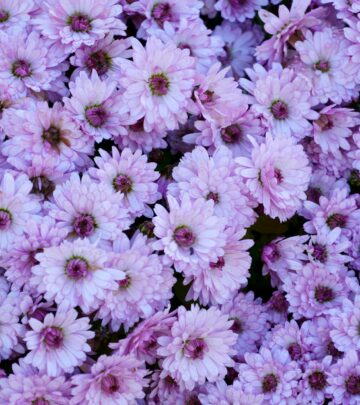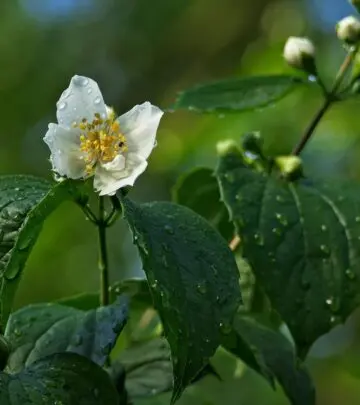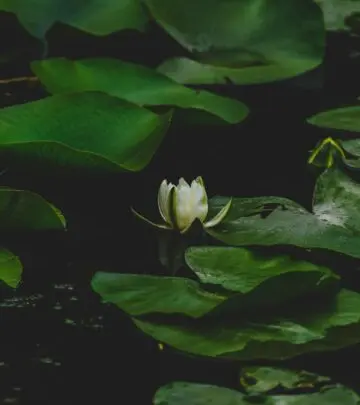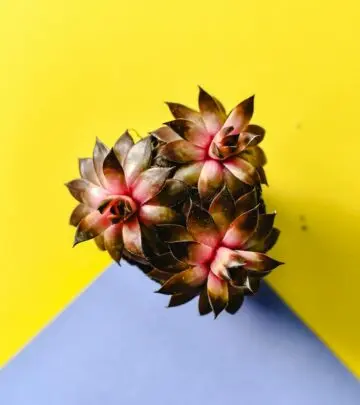Growing Liatris: A Guide to Blazing Star Flowers
Transform your summer garden with vibrant, pollinator-friendly blazing star flowers

How to Grow and Care for Liatris: The Magnificent Blazing Star
Set your summer garden ablaze with an explosion of color using the easy-care native blazing star flowers. Liatris, commonly known as blazing star or gayfeather, is a striking perennial that brings dramatic vertical interest to gardens while attracting scores of pollinators, especially butterflies. This resilient North American native plant offers gardeners a wonderful combination of ecological value and ornamental appeal, sending up tall spires of vibrant rose-purple blooms during the heat of summer when many spring-flowering perennials have faded.
The Basics of Liatris
Liatris belongs to a genus of flowering plants in the aster family. These herbaceous perennials are known for their tall, bottlebrush-like flower stalks that create a stunning vertical presence in the garden landscape. What makes these flowers particularly interesting is their unusual blooming pattern – they flower from the top down rather than from the bottom up like most spike flowers.
Here are the essential characteristics of blazing star plants:
- Botanical name: Liatris
- Common names: Blazing star, gayfeather (named for its feathery flower plumes)
- Plant type: Herbaceous perennial
- USDA hardiness zones: 3-9
- Height: 1 to 5 feet, depending on the species
- Exposure: Full sun preferred, though some varieties tolerate light shade
- Bloom time: Mid to late summer
The slender, grass-like green foliage of Liatris remains attractive throughout the growing season and often transitions to an appealing bronze color in the fall. The most distinctive feature, however, is the fuzzy florets of bright purple or occasionally white flowers that create a striking bottlebrush effect along unbranched stems.
Popular Liatris Varieties
Several Liatris species and cultivars are widely available to home gardeners, each with its own unique characteristics:
Liatris spicata (Dense Blazing Star)
This is perhaps the most commonly grown species, featuring densely packed flower spikes that reach 2-4 feet tall. The ‘Kobold’ cultivar is especially popular for its compact growth habit (about 18-24 inches tall), making it perfect for smaller gardens or container planting. ‘Floristan White’ offers elegant white blooms as an alternative to the typical purple.
Liatris pycnostachya (Prairie Blazing Star)
Reaching heights of 3-5 feet, this variety produces exceptionally dense, thick flower spikes. It’s particularly well-suited for naturalistic plantings and prairie-style gardens where its impressive height can create dramatic vertical effects.
Liatris aspera (Rough Blazing Star)
Distinguished by more widely spaced florets along the stem, creating an airier appearance than other varieties. It typically grows 2-3 feet tall and is extremely drought tolerant once established, making it ideal for xeriscaping.
Liatris ligulistylis (Meadow Blazing Star)
Often called the “Monarch Magnet” because of its exceptional ability to attract monarch butterflies, this 3-5 foot tall variety features more open flower heads with slightly larger individual florets than other species.
Growing Liatris in Your Garden
One of the greatest attributes of Liatris is its adaptability and ease of care. These hardy native plants thrive in conditions that would challenge many other perennials.
Site Selection and Soil Preparation
For optimal growth and flowering, plant Liatris in a location that receives full sun (at least 6 hours of direct sunlight daily). While they can tolerate partial shade, flowering may be reduced in less sunny conditions. These plants are not particularly fussy about soil, but they do prefer well-draining conditions. In fact, Liatris is naturally adapted to survive in poor, rocky soils and can thrive in areas where many other perennials would struggle.
Before planting, prepare the soil by removing weeds and incorporating a small amount of compost if your soil is extremely poor. Avoid over-amending the soil with rich materials, as overly fertile conditions can lead to floppy stems and reduced flowering.
Planting Methods
Liatris can be established in the garden through several methods:
- Corms: These are the most common way to start Liatris. Plant corms in spring, setting them about 2-3 inches deep and 12-15 inches apart.
- Seeds: Direct sow in late fall or early spring. Seeds need light to germinate, so press them lightly into the soil surface without covering.
- Divisions: Mature plants can be divided every 3-4 years in early spring or fall to maintain vigor and create additional plants.
In larger garden beds, plant Liatris in drifts or groupings of 5-7 plants for the greatest visual impact. The vertical flower spikes contrast beautifully with more mounded or horizontal plant forms.
Watering and Maintenance
Once established, Liatris is remarkably drought-tolerant and requires minimal care. Water newly planted corms or young plants regularly during their first growing season to help establish strong root systems. After the first year, natural rainfall is typically sufficient except during extended drought periods.
These low-maintenance perennials rarely need fertilization. In fact, too much fertilizer can produce weak, floppy stems. If your soil is extremely poor, a light application of balanced organic fertilizer in early spring may
References
- https://www.gardendesign.com/flowers/liatris.html
- https://www.longfield-gardens.com/article/all-about-liatris/
- https://plants.sc.egov.usda.gov/DocumentLibrary/plantguide/pdf/pg_lias.pdf
- https://theplantnative.com/plant/blazing-star/
- https://www.dutchgrown.com/blogs/the-dutchgrown-blog/growing-guide-how-to-grow-liatris
Read full bio of Anjali Sayee



















Community Experiences
Join the conversation and become a part of our empowering community! Share your stories, experiences, and insights to connect with other beauty, lifestyle, and health enthusiasts.